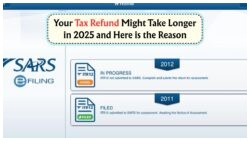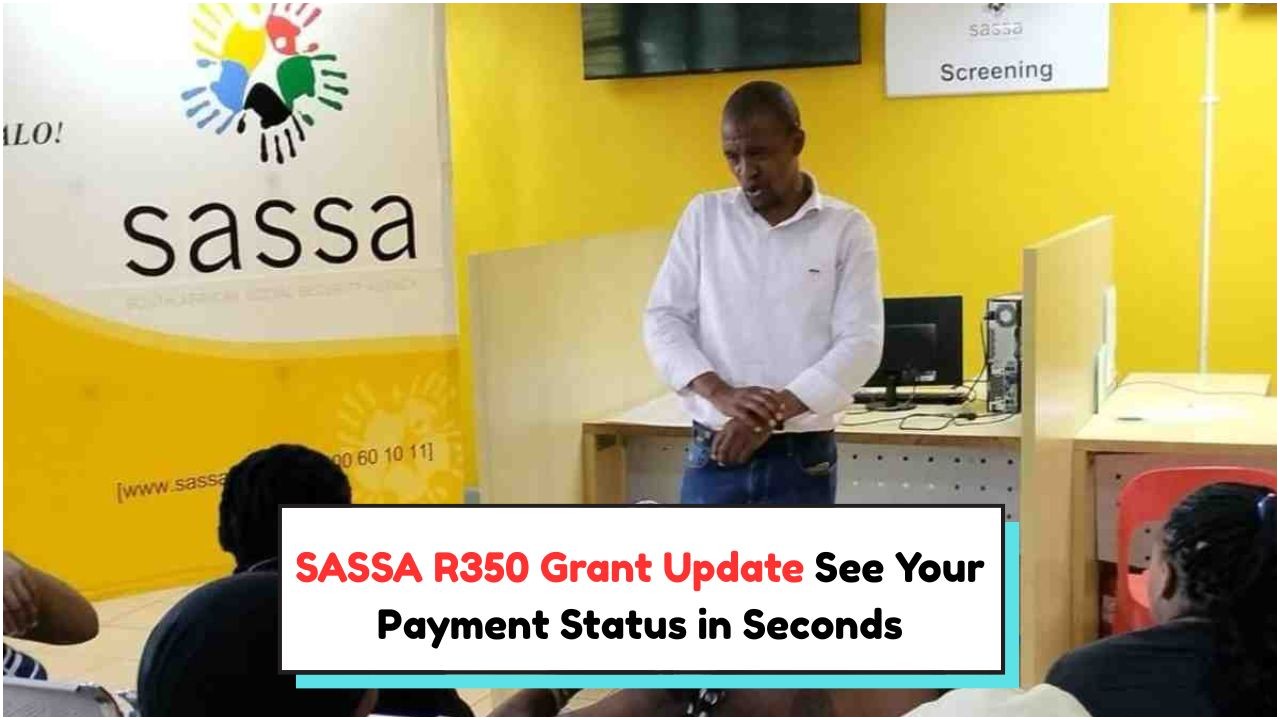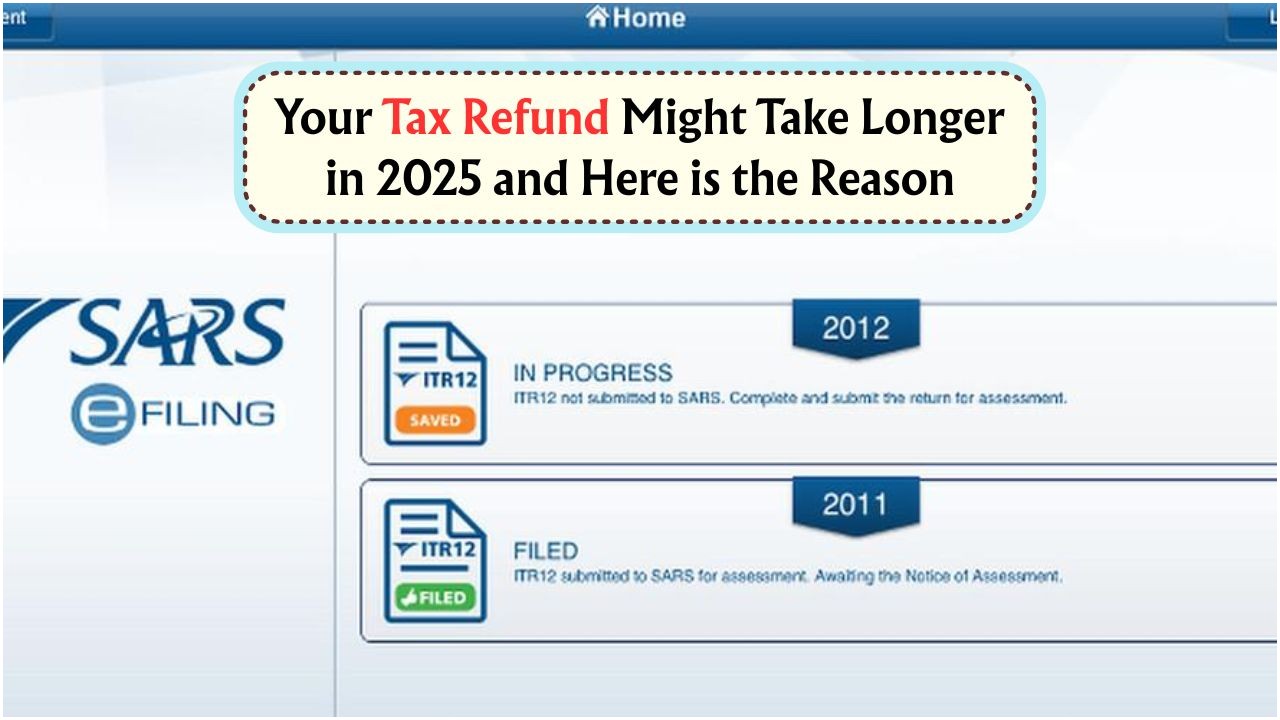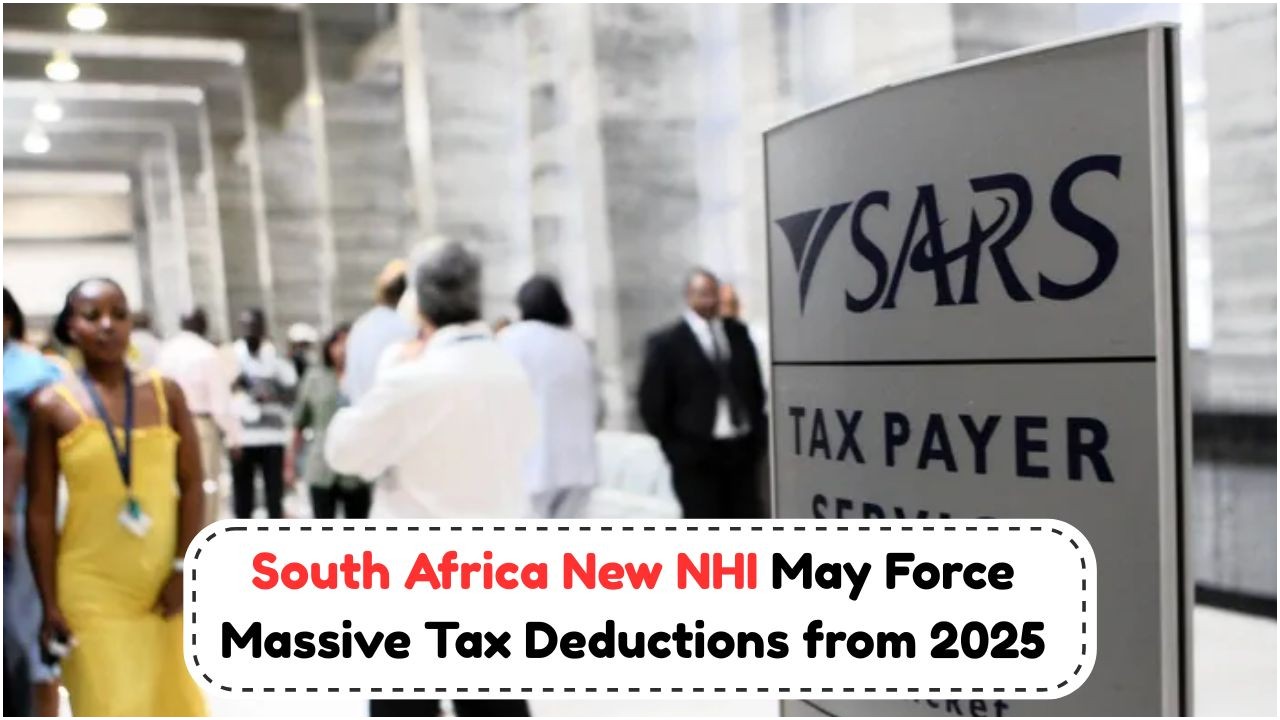NSFAS Confirms Repayment Rules – In a significant policy shift, the National Student Financial Aid Scheme (NSFAS) has confirmed that beginning in 2025, certain financial aid provisions will convert from bursaries to repayable loans. This has left thousands of students and parents anxious, as many believed that NSFAS support was entirely non-repayable for the economically disadvantaged. The Department of Higher Education and Training (DHET), alongside NSFAS, has rolled out a new “income-contingent loan” model under the Comprehensive Student Funding Model. The aim, according to the department, is to expand financial aid access to “missing middle” students—those who earn too much to qualify for full bursaries but too little to afford tuition. However, the announcement that portions of this aid will require repayment after graduation has stirred concerns nationwide. While NSFAS previously operated primarily as a bursary scheme for qualifying poor and working-class students, the 2025 framework introduces an income-based repayment structure. This means that after completing their studies and securing employment, students under the new model will need to start repaying the financial aid they received. Many students are expressing outrage online, saying they were never told they would be burdened with debt. Others are confused about who exactly will be impacted and when repayments will start. The department has stated that no current beneficiaries will be affected retroactively and that this only applies to students funded under the new 2025 intake. Let’s break down the key details you need to know about this change, including eligibility, repayment rules, and how to protect yourself financially.
Who Will Be Affected by the New NSFAS Repayment Rules?
Starting in 2025, NSFAS will adopt a dual model that includes both bursaries and income-contingent loans.
- The new model applies only to new students starting in 2025.
- Existing students funded before 2025 will continue under bursary terms.
- Students from families earning R350,000 to R600,000 annually fall under the “missing middle” and are the primary targets.
- These students will receive financial aid as a loan, not a bursary.
- Repayment starts only once the graduate earns above a set income threshold.
- The model is similar to student loan systems used in countries like Australia and the UK.
- NSFAS will still offer full bursaries to students from households earning below R350,000.
Key Differences Between NSFAS Bursary and Loan Models
Below is a side-by-side comparison of the traditional NSFAS bursary system versus the new income-contingent loan model:
| Feature | NSFAS Bursary (Pre-2025) | NSFAS Loan (2025 Onwards) |
|---|---|---|
| Target Income Group | Below R350,000/year | R350,000 – R600,000/year |
| Repayment Required | No | Yes, after employment |
| Interest Accrual | None | Yes, government-set rate |
| Repayment Start Threshold | Not applicable | Set income threshold post-study |
| Funding Includes | Tuition, meals, transport | Tuition, partial living costs |
| Government Guarantee | Full | Full |
| Affected Year | Until 2024 | Starting 2025 |
| Retroactive Impact | None | Not applied to past students |
How Will Repayment Work Under the New NSFAS Rules?
The repayment structure is based on a graduate’s income after entering the workforce.
- Repayment begins only if your salary crosses a specific income band, expected to start around R60,000/year.
- Monthly repayments are calculated as a percentage of your income, likely starting from 3–5%.
- NSFAS will automatically deduct repayments via SARS or employer payroll.
- Interest will accumulate annually at a rate determined by the government (estimated around 2–4%).
- Early repayments will be allowed without penalties.
Example Breakdown of Repayment Based on Salary
| Annual Salary (ZAR) | Monthly Income (ZAR) | Monthly Repayment Estimate | Interest Rate |
|---|---|---|---|
| R50,000 | R4,166 | None | None |
| R65,000 | R5,416 | R162 (3%) | 2% |
| R90,000 | R7,500 | R375 (5%) | 3% |
| R120,000 | R10,000 | R600 (5%) | 4% |
| R150,000 | R12,500 | R750 (5%) | 4% |
| R180,000 | R15,000 | R900 (6%) | 4% |
| R250,000 | R20,833 | R1,250 (6%) | 4% |
What Are the Pros and Cons of the New NSFAS Loan System?
This new approach has both positive and negative implications depending on the student’s financial background and future employment.
Pros of the New Model
- Wider access: Helps missing middle students who previously got no aid.
- No upfront repayment: Repayment begins only after income threshold is crossed.
- Government-backed: Low interest rates and guaranteed loans.
- Flexible terms: Allows early repayment and income-based contributions.
Cons of the New Model
- Creates debt: Many students will graduate with financial liabilities.
- Confusion and anxiety: Lack of clarity has led to panic among students.
- Uncertain thresholds: Income bands for repayment still not finalised.
- Limited living cost coverage: May not fully support accommodation and food.
Department’s Clarification and Communication Channels
The Department of Higher Education and NSFAS have released multiple official clarifications after backlash on social media.
Contact Points for Clarification
Students, parents, and guardians can reach out via the following official channels:
| Department | Contact Number | Email Address | Website |
|---|---|---|---|
| NSFAS | 08000 67327 | [email protected] | www.nsfas.org.za |
| DHET | 0800 87 2222 | [email protected] | www.dhet.gov.za |
| Student Help Desk | +27 21 763 3232 | [email protected] | www.nsfas.org.za |
They have also confirmed that further public awareness campaigns will begin in August 2025 to educate new applicants and high school learners.
Public Statement by Higher Education Minister
- Minister stated this move aims to create a sustainable funding model.
- Government will not privatize student loan services—funding stays public.
- Emphasis is placed on graduate employment rates before activating repayments.
What Should 2025 Students and Parents Do Now?
With this shift, new students must be more proactive and financially aware than ever before.
Key Recommendations:
- Check household income eligibility to understand if you qualify for a loan or bursary.
- Plan for future repayment—don’t assume it’s free money.
- Ask detailed questions during orientation or via official NSFAS channels.
- Document all agreements you sign with NSFAS in 2025.
- Start budgeting early for post-graduation life including loan repayments.
- Consider scholarships or merit-based options that don’t require repayment.
- Use the NSFAS portal to regularly track your funding structure.
Understanding the Impact on the Missing Middle in South Africa
South Africa’s “missing middle” refers to students who fall just outside the bursary cutoff but cannot afford tertiary education without aid.
Real-Life Challenges for the Missing Middle:
- Parents may earn R500,000/year but support 4–5 dependents.
- Many students drop out due to lack of funds despite not qualifying for aid.
- Private student loans from banks come with much higher interest rates.
- NSFAS loans offer a more affordable route with income-based repayment.
- Universities will likely see higher enrolment from this category in 2025.
FAQs
1. Will I have to repay NSFAS if I applied before 2025?
No. Only new 2025 applicants under the new model are affected.
2. What is the income limit for receiving a full NSFAS bursary?
Your household income must be below R350,000 annually.
3. Can I choose not to take the NSFAS loan if I qualify?
Yes, it is optional. But you must arrange alternative funding if you decline.
4. How will I know if my aid is a bursary or a loan?
It will be clearly stated on your NSFAS agreement and funding letter.
5. Is interest charged on the new NSFAS loans?
Yes, but the rate is low and government-regulated—currently estimated at 2–4%.
The shift from full bursaries to income-contingent loans may feel like a betrayal to some, but the government insists it’s a necessary step toward a more inclusive funding system. Students must now be more financially informed and vigilant when signing up for NSFAS support in 2025. Always consult the official NSFAS or DHET channels for updates, and avoid misinformation circulating on social media.





